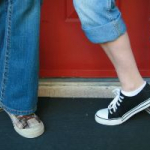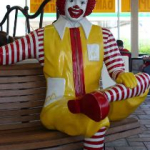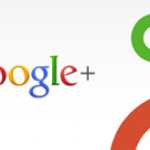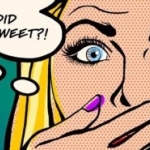NAMP News
Read the latest arts news
In 2011, Sundance Film Festival created The New Frontier Story Lab, an initiative created to foster the development of a new style of media production. As media began to depart from traditional, linear films intended for a passive audience, the launch represented an innovative new era in entertainment.
On July 12, 2011, Lady Gaga's private jet touched down on Australian soil. She was in town to promote her new album. The only formal gig planned for her was a mini-concert at the Sydney Town Hall. The venue was renamed Monster Hall in honor of her fans, who she regularly refers to as "Little Monsters." Within hours of her arrival, she put out her first tweet: "Thinking of going out in Sydney tonight. How I wish we had a show. NEVERMIND, don't listen to me.
With one of every five online minutes being spent on social networking sites like Facebook and Twitter, ad agencies and marketers are scrambling to get their brands into the social party. While some of us are pushing our way in by employing the same one-way mass tactics used in TV and print, others have swung too far the other way, blindly chasing likes and fan counts.
Mark my words: When the time comes for the 2012 year-end lists, this story will be among the "Biggest Social Media Fails" for the year.
If you haven't already heard, McDonald's is the latest poster child for social media gone awry. What started out as a simple Twitter promotion campaign—and then evolved into an effort to encourage people to talk about their favorite McDonald's stories—turned into a case of "tweetjacking" of the worst kind.
Michael Dell, the famed entrepreneur who started Dell Computer, posted a message on the web. He asked what everyone thought about a new Android app that lets customers make purchases quickly and easily. The service he used? It’s called Google+. The fledgling social network has garnered a lot of press. There are millions of active users and several high-profile business owners are generating buzz.
With more than 135 million users, 59 percent of which are located outside of the United States, and with 75 of the Fortune 100 companies using the network for marketing and recruiting purposes, LinkedIn has become a critical platform for building, connecting with, and growing your personal and professional networks.
A vast repository of pop culture memes and internet humor, the blogging service Tumblr has grown significantly since its launch in 2007. With over 12 million blogs and with the recent raising of $30 million in funding, some see Tumblr's future as taking on blogging services like WordPress and Blogger.
If you take a look at the top 10 Twitter users you'll see a list of famous men and women, from Justin Bieber to Selena Gomez, who have used the popular platform to further expand their personal brands. Perhaps more interesting, however, is how everyday people are investing more time and energy into social networking for professional purposes.
Whenever someone follows brand communications agency Uniform's Twitter account, a toy train inside a cuckoo clock shoves a gumball out the door onto a circuitous track. When the gumball comes to rest, it’s available for studio members to consume. After that’s all done, their Twitter account automatically @replies the new follower with a link to a video of the thing in action.
In this post I want to discuss four apps worth examining that all try to get users to look at objects and use the tablet platform to extend that experience. And then maybe, there’ll be questions about apps creating virtual analogues of a physical experience.
The apps in question are:















